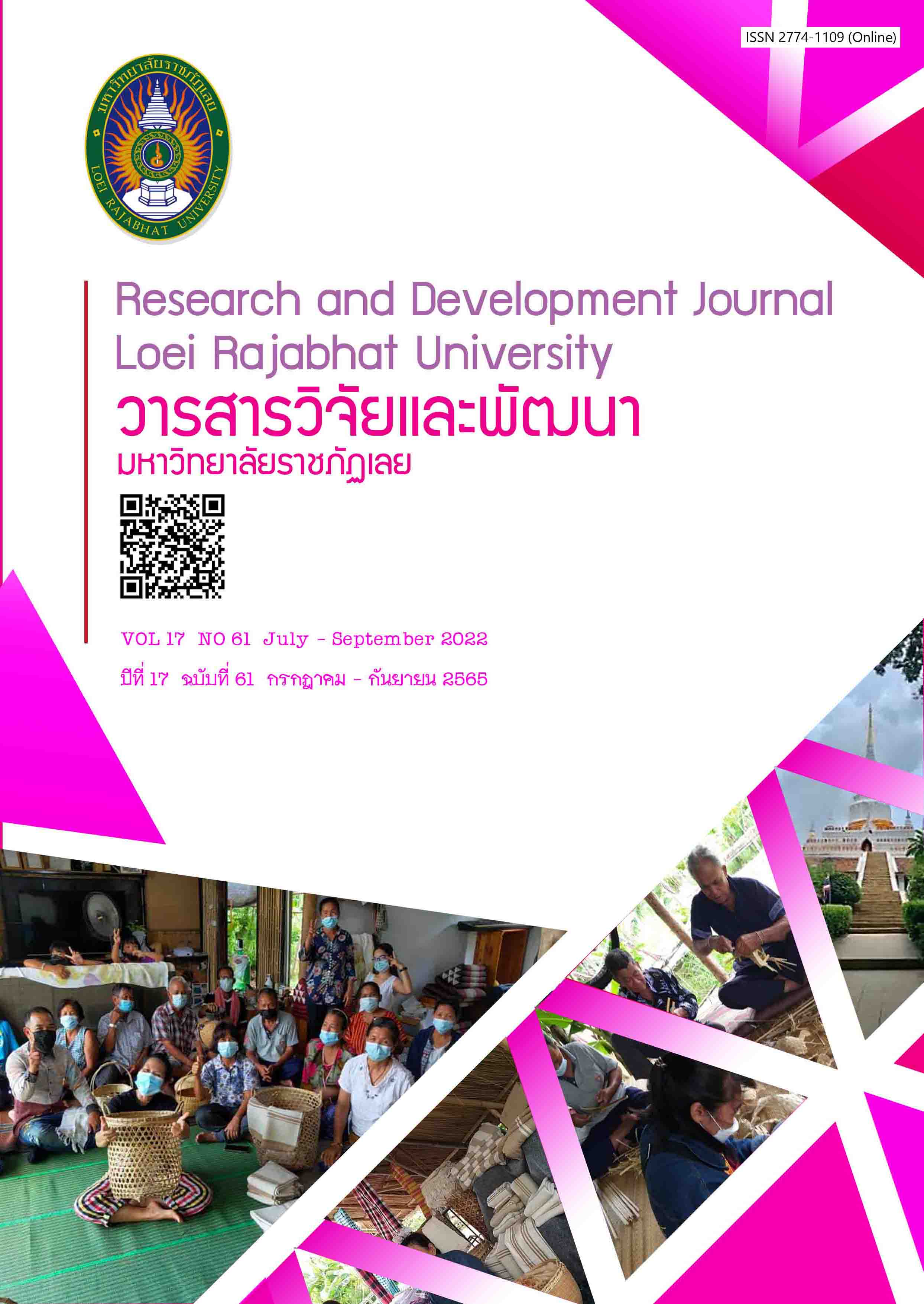The Development of the Tourism Economy of Songkhla Lake Basin Towards a Sustainable Integrated Tourist Destination
Keywords:
development of tourism economy, tourism destination area, sustainable tourismAbstract
This study aimed to: 1) investigate the tourism potential of Songkhla Lake Basin; 2) perform a strength, weakness, opportunity, and threat (SWOT) analysis of the tourism of Songkhla Lake Basin; and 3) propose guidelines of tourism economic development of Songkhla Lake Basin towards a sustainable integrated tourist destination. This study utilized qualitative research in which the data were collected through in-depth interviews and group discussions whose main informants were drawn from the groups of both the demand and supply sides. The data were analyzed by using a content analysis and were examined by employing triangulation design. The findings indicated that Songkhla Lake Basin has abundant tourism resources such as the long-lived legend of the monk Luang Pu Thuat who stepped on seawater turning it into freshwater and the interesting palmyra-paddy-sea way of life which are likewise rich in local wisdom learning resources. Secondly, the SWOT analysis showed that the tourism economy of Songkhla Lake Basin has strengths, namely, its distinctive abundant natural resources and interesting palmyra-paddy-sea way of life. On the other hand, its weakness was the community’s lack of storytelling to highlight its unique features. An identified opportunity was the plan of the
provincial authority to promote and develop tourism in a concrete manner and to address the threat posed by the spread of COVID-19. Lastly, the enhancement of the tourism economy of Songkhla Lake Basin should involve measures for the development of products and services in conformity with the unique palmyra-paddy-sea way of life of the local community. Tour packages should be developed by combining goods and tourism services to be offered to tourists. A wide variety of distribution channels such as websites and applications should be added. Training sessions should be held to develop knowledge and understanding among community members as regards the provision of tourist services. Infrastructures of tourist sites should also be developed.
References
การท่องเที่ยวแห่งประเทศไทย. (2563). ทะเลสาบสงขลา. สืบค้นจาก https://thai.tourismthailand.org/Attraction.
กรวรรณ สังขกร, สุรีย์ บุญญานุพงศ์, จันทร์จิตร เธียรสิริ, กฤษณา พุ่มเล็ก, กาญจนา จี้รัตน์ และ พิมพ์ชนก นาคะเกศ. (2555). การประเมินศักยภาพของแหล่งท่องเที่ยวแบบ Slow Tourism ในภาคเหนือตอนบนที่เหมาะสมกับนักท่องเที่ยวผู้สูงอายุ. เชียงใหม่: สถาบันวิจัยสังคม มหาวิทยาลัยเชียงใหม่.
นฤมล เกษมสุข. (2560). ททท. ดัน “ท่องเที่ยว4.0” เคลื่อนเศรษฐกิจ. สืบค้นจาก https://www.bangkokbiznews.com/business/756663.
ปวีณา ขำพัด และ พยอม ธรรมบุตร. (2564). แนวทางเพื่อ พัฒนาการท่องเที่ยวแบบบูรณาการอย่างยั่งยืนของจังหวัดพิษณุโลก ประเทศไทย. วารสารการวิจัยการบริหารการพัฒนา, 11(1), 187-199.
เมธาวิทย์ ไชยะจิตรกำธร. (2555). SWOT Analysis. สืบค้นจาก http://methawit.blogspot.com/2012/04/blog-post.html
สำนักงานคณะกรรมการพัฒนาการเศรษฐกิจและสังคมแห่งชาติ. (2559). แผนพัฒนาเศรษฐกิจและสังคมแห่งชาติฉบับที่ 12. สืบค้นจาก http://www.nesdb.go.th/ewt_dl_link.php?nid=6422.
สำนักงานจังหวัดสงขลา. (2560). แผนพัฒนาจังหวัดสงขลา พ.ศ. 2561 – 2565. สืบค้นจาก https://www.Songkhla.go.th/
Liu, C. R., Wang, Y. C., Huang, W. S., & Chen, S. P. (2017). Destination fascination: conceptualization and scale development. Tourism Management, 63, 255-267.
Downloads
Published
How to Cite
Issue
Section
License
Copyright (c) 2022 Research and Development Journal, Loei Rajabhat University

This work is licensed under a Creative Commons Attribution-NonCommercial-NoDerivatives 4.0 International License.
ข้อความที่ปรากฎในวารสารฉบับนี้เป็นความคิดเห็นของผู้เขียนแต่ละท่าน สถาบันวิจัยและพัฒนา มหาวิทยาลัยราชภัฏเลย และกองบรรณาธิการ ไม่จำเป็นต้องเห็นด้วยและไม่มีส่วนรับผิดชอบใดๆ
สถาบันวิจัยและพัฒนา มหาวิทยาลัยราชภัฏเลย ขอให้ผู้อ่านอ้างอิงในกรณีที่ท่านคัดลอกเนื้อหาบทความในวารสารฉบับนี้



